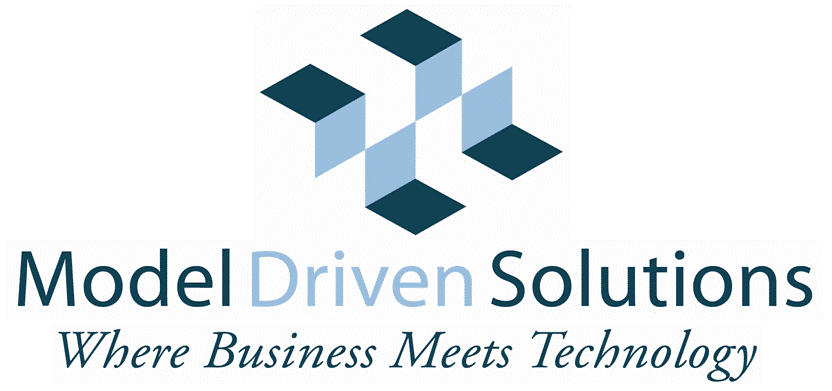
| |
 |
||
|
MDS Sponsors Threat and Risk CommunityUpcoming Training:Members: |
Semantic WebThe Semantic Web is an initiative of W3C to provide a common framework that allows data to be shared and reused across application, enterprise, and community boundaries. It is a collaborative effort led by W3C with participation from a large number of researchers and industrial partners. It is based on the Resource Description Framework (RDF), which integrates a variety of applications using XML for syntax and URIs for naming. "The Semantic Web is an extension of the current web in which information is given well-defined meaning, better enabling computers and people to work in cooperation." -- Tim Berners-Lee, James Hendler, Ora Lassila, The Semantic Web, Scientific American, May 2001 Primary TechnologiesThe primary semantic web technologies - RDF and OWL are of primary interest to DAT as a distributed metadata repository, as components of the DAT developed Semantic Core which represents a vision of complex systems that are defined and provisioned based on high-level models, as well as a source of semantically rich models. Semantic Web and DATThe Semantic Web is a core DAT technology providing multiple benefits. RDF as Metadata InfrastructureDAT depends on metadata for architectures, artifacts and technologies being manipulated as metadata in shared repositories. The two primary technologies providing for this are RDF repositories and the Eclipse-EMF "Eclipse Modeling Framework". As the basis for the semantic web, RDF also provides a robust environment to manage, integrate and publish architectures. An joint DAT and US General Services Administration (GSA) Open Source project (OsEra) is currently underway to provide a bridge between these two metadata environments. RDF and OWL as modeling Languages and as part of the semantic coreRDF and OWL are used as semantically rich modeling languages. These languages are increasingly used as the next step passed "controlled vocabularies" by providing capabilities of formal semantics. RDF and OWL semantics have been integrated into the semantic core. Semantic Grounding of ArchitecturesThese Ontologies are seen as ways to tie formally unrelated models and architectures together. This is referred to as "semantically grounding" an architecture. By semantically grounding an architecture, terms and concepts in that architecture are tied to reference Ontologies that are then used to bridge between architectures using semantic tooling. |
|||||||||||||||||||||
| ęCopyright 2005 - 2010 Model Driven Solutions and Data Access Technologies. All Rights Reserved | |